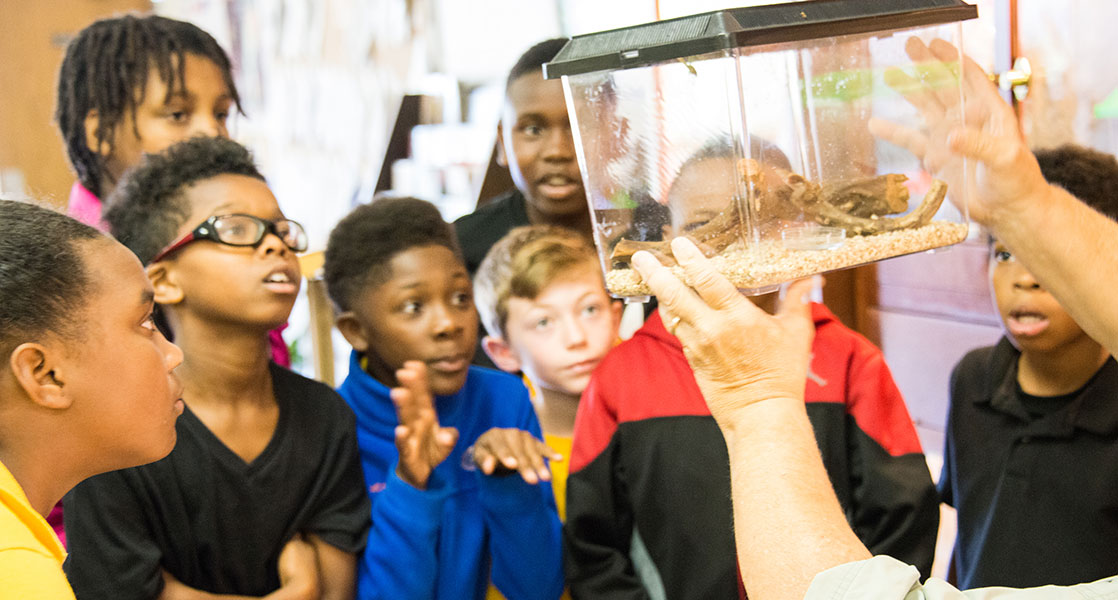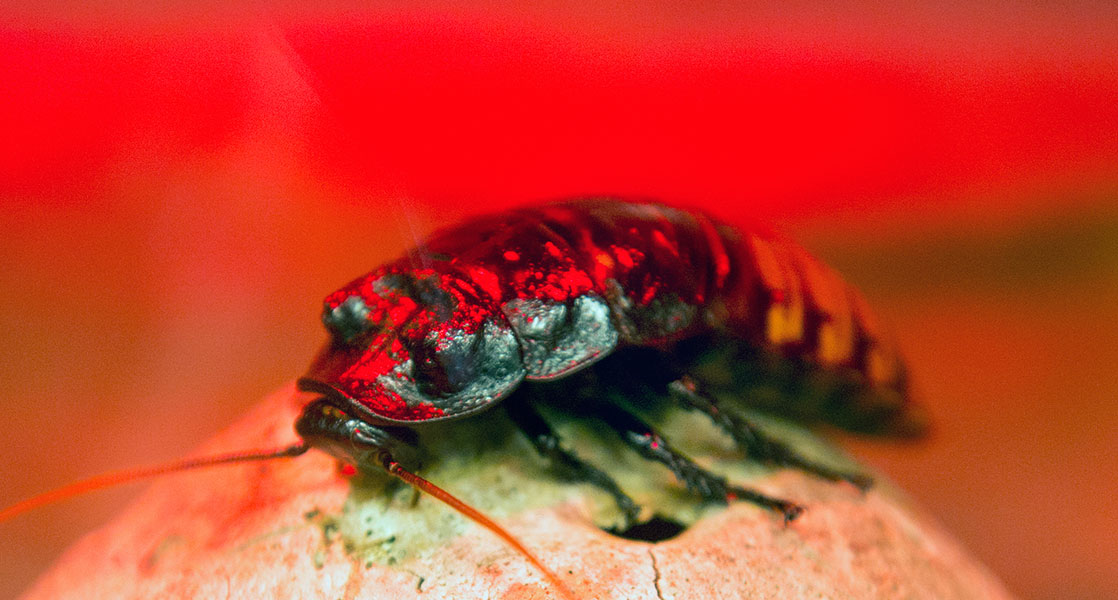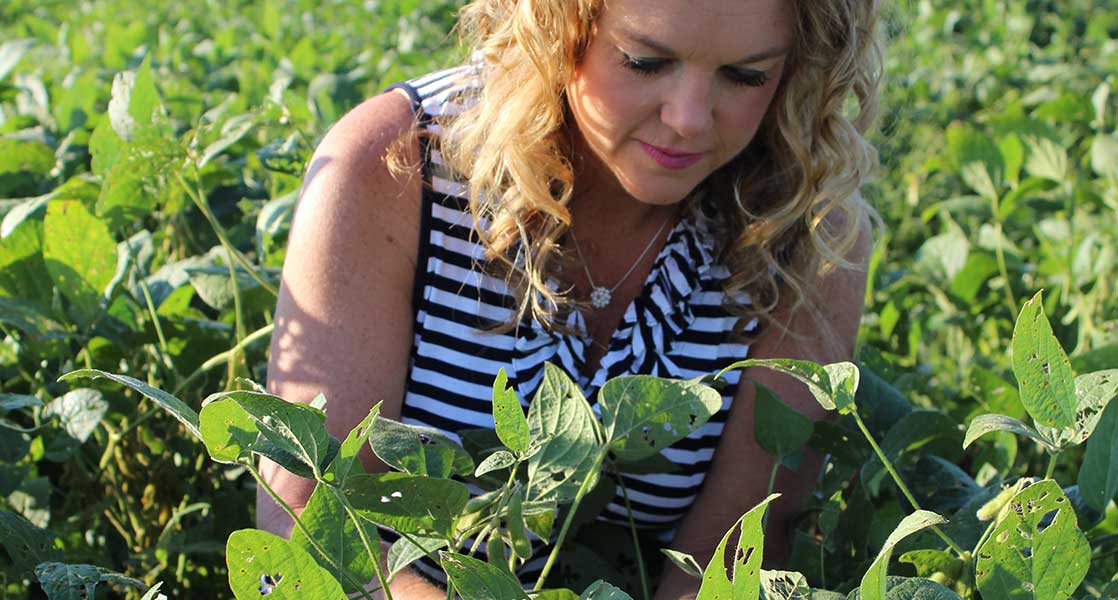Resources
Cotton Insect Losses - 2003
Michael R. Williams
Entomology and Plant Pathology Department
Mississippi State University Extension Service
Mississippi State, MS
Abstract
Arthropod pests reduced overall yield by 4.16% in 2003. There were 13.48 million acres of cotton planted in 2003, but only 12.06 million acres harvested. Oklahoma at 11.72% reported the greatest percentage loss to insects in 2003. The bollworm/budworm complex was the top pest of 2003 taking 1.39% of the 2003 crop. Almost 74% of the US crop was infested with the complex of which 86% were bollworms. No other pest exceeded 1% reduction. Fifty-three percent (53%) of US cotton acres was infested by Lygus which reduced yields by 0.897%. Stink bugs were third at 0.735% and cotton fleahoppers were fourth at 0.322% reduction. Thrips infested 92% of US cotton acres and reduced yields by 0.261%. Spider mites at 0.122% were 6th infesting 2.8 million acres. Aphids (0.094%) were 7th in the pest ranking and fall armyworms followed closely behind at 0.093% reduction. Boll weevils at 0.077% were 9th infesting 2.097 million acres. Silverleaf whitefly (0.053%), complete the top ten insect pests of 2003. Total cost of management and loss to insects to the 2003 crop was $1.076 billion or $85.51 per acre. Of those costs approximately $59 are direct insect management costs.
Key To Tables
Table 1a -- USDA/NASS planted & harvested
Table 2 -- At planting insecticide applications
Table 3 -- Cotton insect eradication costs
Table 4 -- Bt cotton costs by state
Table 5 -- Application type and costs
Table 6 -- Cotton insect monitoring costs
Table 7 -- Summary of All States
Table 8 -- Alabama Summary
Table 8a -- North Alabama
Table 8b -- Central Alabama
Table 8c -- South Alabama
Table 9 -- Arizona Summary
Table 9a -- Arizona Bt Varieties
Table 9b -- Arizona nonBt Varieties
Table 10 -- Arkansas Summary
Table 10a -- Northeast Arkansas
Table 10b -- Southeast Arkansas
Table 11 -- California Summary
Table 12 -- Florida Summary
Table 13 -- Georgia Summary
Table 13a -- Georgia Bt Varieties
Table 13b -- Georgia nonBt Varieties
Table 14 -- Kansas Summary
Table 15 -- Louisiana Summary
Table 15a -- Louisiana: Bt Varieties
Table 15b -- Louisiana: nonBt Varieties
Table 16a -- Mississippi Delta
Table 16b -- Mississippi Hills
Table 17 -- Missouri Summary
Table 18 -- New Mexico Summary
Table 19 -- North Carolina Summary
Table 19a -- North Carolina Bt Varieties
Table 19b -- North Carolina nonBt Varieties
Table 20 -- Oklahoma Summary
Table 21 --- South Carolina Summary
Table 21a -- South Carolina Bt Varieties
Table 21b -- South Carolina nonBt Varieties
Table 22 -- Tennessee Summary
Table 22a -- Tennessee Bt Varieties
Table 22b -- Tennessee nonBt Varieties
Table 23 -- Texas Summary
Table 23a -- Texas, Upper Coastal Bend
Table 23b -- Texas, Lower Coastal Bend
Table 23c -- Texas, Northern Rolling Plains
Table 23d -- Texas, High Plains
Table 23e -- Texas, Far West
Table 23f -- Texas, Lower Rio Grande Valley
Table 23g -- Texas, Southern Rolling Plains
Table 23h -- Texas, Northern Blacklands
Table 23i -- Texas, Southern Blacklands
Table 24 -- Virginia Summary



